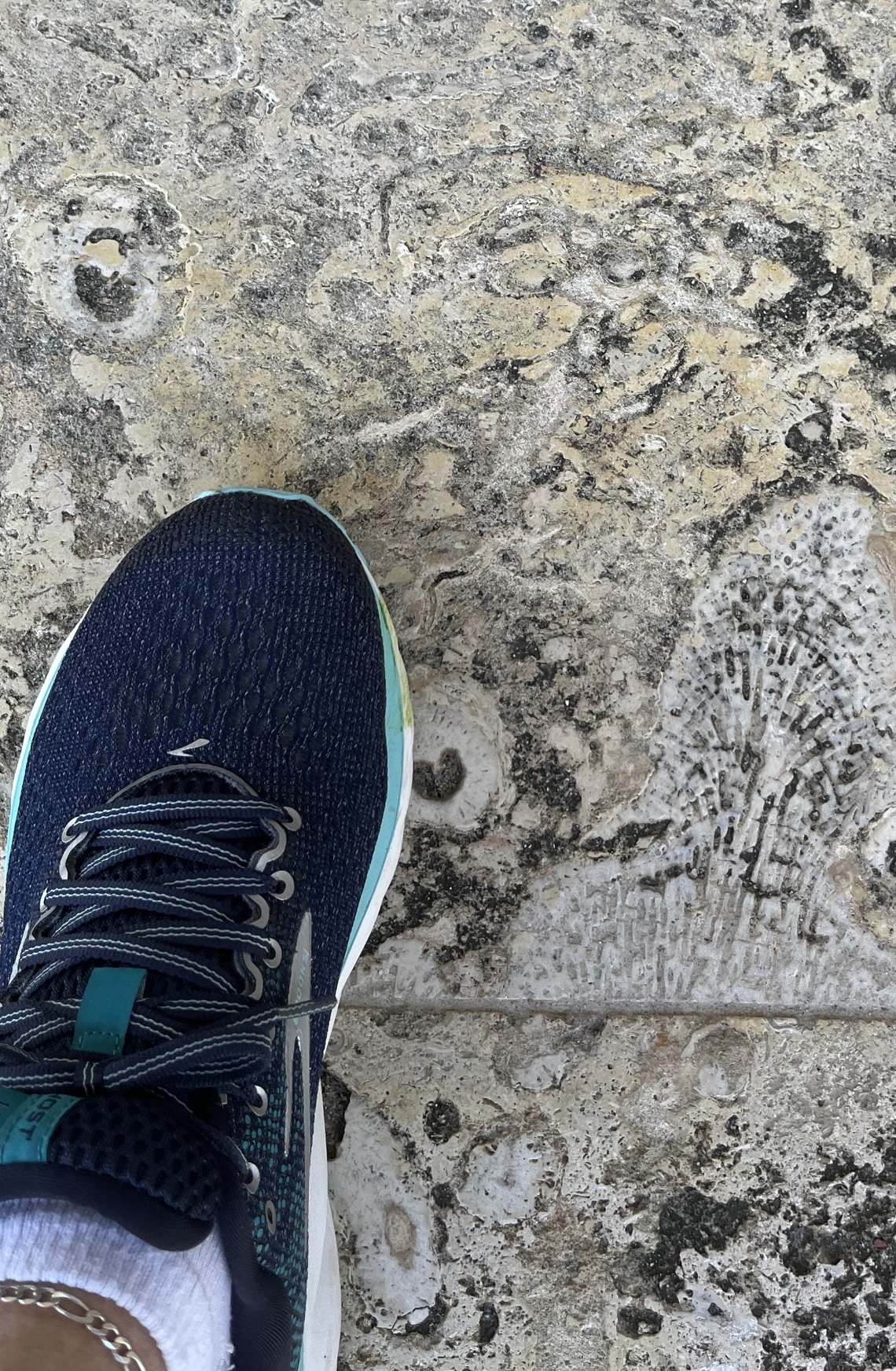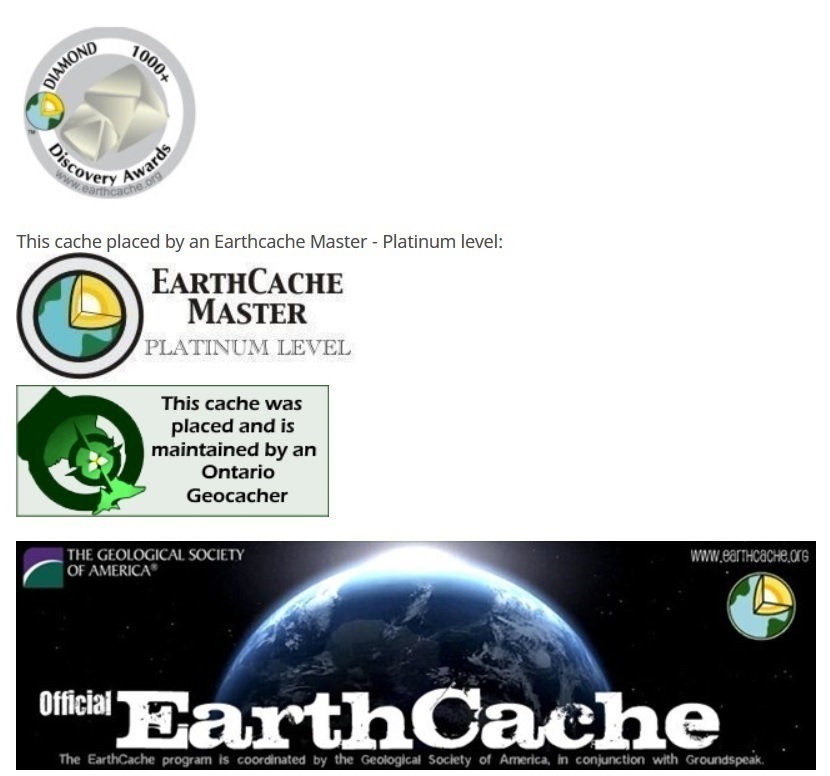The British Virgin Islands are more closely related to the Lesser Antilles and Greater Antilles which were formed by a volcanic island arc. While touring the Islands you will find cretaceous igneous and sedimentary basement rocks overlain by Paleogene andesite and basalt.
The Caribbean is also home to some magnificent coral reefs which have developed over millions of years, so it is not unusual to see examples of past living corals embedded in sedimentary rocks and tiles that have been used in building and construction. Over this time frame, many of these corals became extinct when water levels rose and temperatures cooled during repeated ice ages, however we now have new, stunning examples of living coral reefs throughout the Caribbean for divers, snorkelers and swimmers to enjoy.
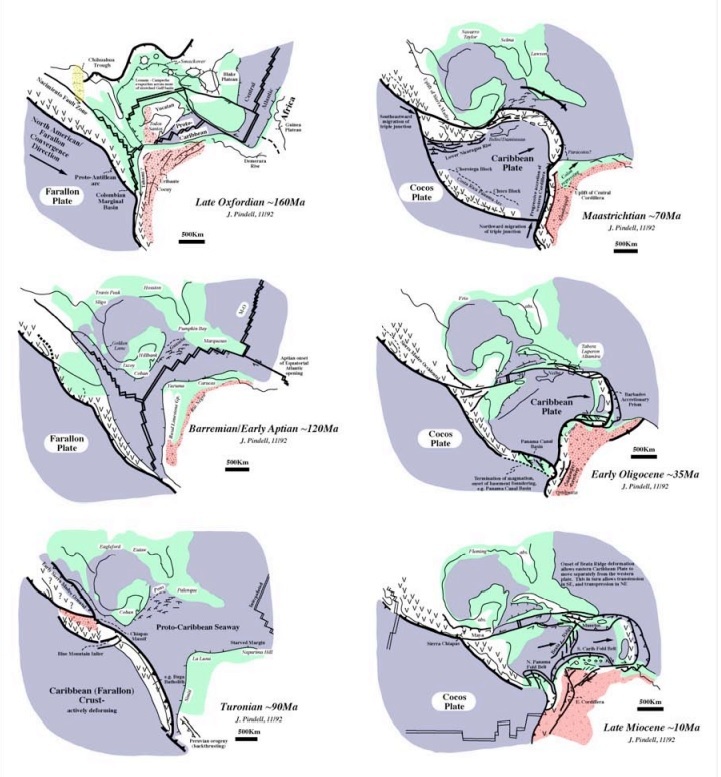
Development of coral reefs in the Caribbean over 160 Ma

Modern day coral reefs
What is Coral?
Corals are marine animals with simple body structures. Living coral secretes a cup-like skeleton called a corallite. These corallites are cemented together to make up the entire skeleton, also called a corallum.
Reef forming fossils are typically placed into two categories.
Tabulate Corals: are a type of coral that grow upward, depositing horizontal plates known as tabulae, and appear similar to honeycombs. The common tabulate coral fossils you can expect to observe here include
Honeycomb corals (Favositid tabulates) - Formed in large colonies and resemble honeycombes
Chain corals (Halysitid tabulates) – resemble interlocking strings of delicate chains
Tube corals (Syringoporid tabulates) – show distinct tubes connecting the corallites

Rugose Corals (also called Horn Coral): are cone-shaped corals that look like cow horns when viewed from the side, or circular fossils when viewed as a cross section. Rugose corals formed in both colonies or as a solitary rugose coral.
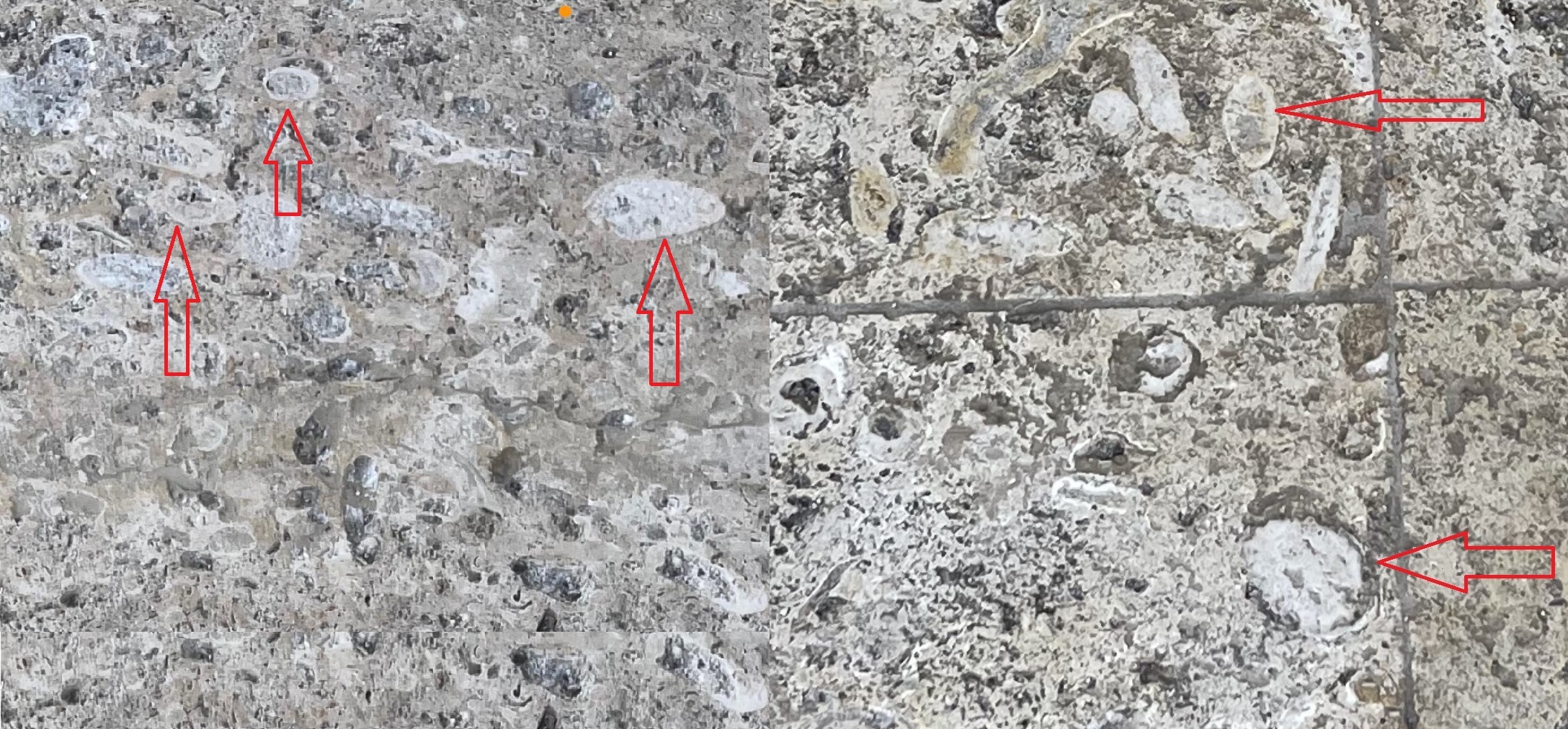
Examples of horn coral found in the sedimentary tiles on Tortola
Another type of coral that you may see represented in the tiles at your feet include brain coral.
Brain Coral, a common name given to corals in the Mussidae and Merulinidae familes so called because of their spheroid shape and groved surface which resembles a brain. Each head of this type of coral is formed from a colony of identical polyps. These corals can grow as large as 6 ft or more in height and can live up to 900 years.

Two images of brain coral fossils. The second image can be found in the tiles at your feet.
While looking for examples of coral in the tiles, you may also spot some body fossils from living animals that died and settled into the coral reef and became part of the sedimentary layer. These body fossils have a more defined skeleton and include spiral shapes like the one pictured below.
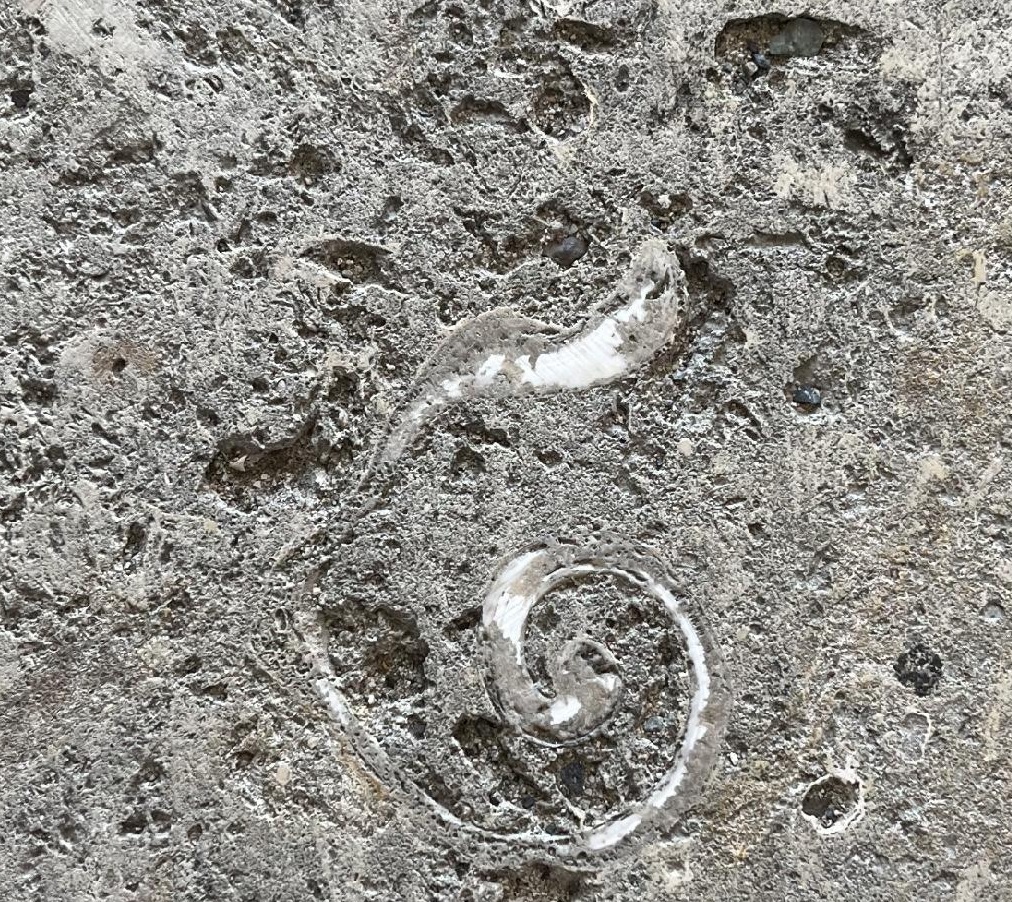
Remains of a body fossil found on site. Cross section showing the remains of the shell left behind.
At the cruise terminal on Tortola, you can walk around and see some of these ancient corals embedded in the floor tiles surrounding the Jewelry store at the posted coordinates. Look around the entire outer perimeter of the store to see some fine coral examples and see if you can identify any.
Logging requirements
- This earthcache is located outside of the Jewelery store located at the Cyril B. Romney Tortola Pier Park. You do not have to pass ship security as you will not have to enter the pier. The sedimentary tiles are located outside and around the perimeter of the jewelery store located on the corner of the main shopping area to the left after you come ashore and pass through the duty free area.
- All observations can be made by looking at the sedimentary tiles in front of and around the side and back of the store.
- Please send you answers using the messenger feature located on the cache page within 4 days of posting your found log. If you are on a cruise and do not have wifi, please do not log a find until you are able to send the answers. You can post a note as a reminder. If there is more than one cacher in your party, include the names in the group. Only one person needs to send me the group answers.
- Photos are appreciated and one Mandatory photo will be required to show an example of a fossil you observed.
Questions:
- From the write-up, the British Virgin Islands are closely related to the Lesser Antilles and Greater Antilles. How were they formed?
- In your own words, describe what corals are?
- Find an example of a honeycomb coral in the sedimentary tiles around the building and take a photo. Tell me the approximate dimensions of this fossil and include the photo in your answers to me.
- Mandatory!! Take a photo of one of the tiles showing a fossil along with a personal item. ADD This photo to your found log. Your face does not need to be in the photo. Each person in the caching group will need to add their own photo to their found log.
